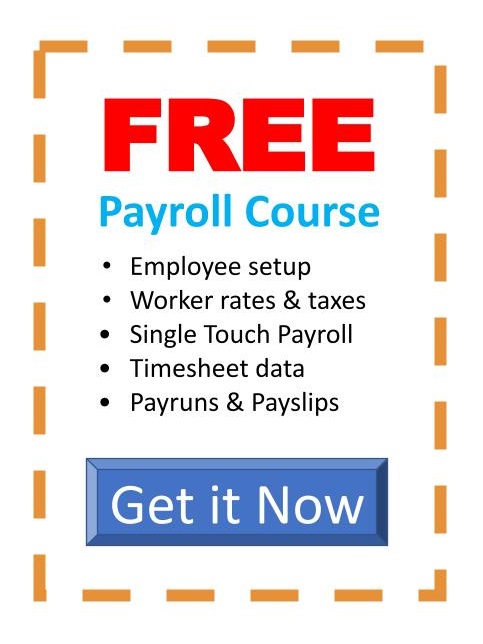 We’ve talked about financial planning in previous posts and in our last post specifically covered sales forecasting.
We’ve talked about financial planning in previous posts and in our last post specifically covered sales forecasting.
In our Small Business Management Course, you will learn, in much greater detail, how to create a financial plan for your business, but we thought we would explore in a little further detail, exactly what you should include in yours.
Depreciable Costs for Tangible Items
Depreciable costs: are costs that relate to tangible items that will last longer than a year, but will be depreciated — or devalued — at a set rate. The Australian Taxation Office sets the rates of depreciation based on the expected life on any particular item. There are certain items, like computers, for example, that will have a higher rate of depreciation (around 30%), because the technology is so frequently.
Once you’ve determined the life expectancy of your capital items, you can completely depreciate any item that cost less than $1000 within the first year. For items over this amount, there are two was of calculating depreciation: the ‘straight-line’ method or the ‘reducing-balance’ method (sometimes called the ‘diminishing-value’ method).
Straight Line Method
Perhaps you’re wondering why any business would chose the ‘straight-line depreciation’ method for their business, when the ‘reducing-balance’ option seems like you get more bang for your buck, so to speak.
You would use the ‘straight-line’ method if you expect that your business will turn a high profit very early on, and so this option gives you more tax deductions earlier in the life of your business. But if you expect that your business will grow slowly, over a number of years, then it would be more advantageous to use the ‘reducing-balance’ method.
Non-Depreciable Costs
Non-depreciable costs: are the expenses that would have been a tax deduction if you had incurred them after you started your business, which according to the ATO is defined as being the point in which your product or service is available for sale and you advertise that fact – as in, you’re open for trade. These non-depreciable expenses include, painting your premises, legal costs associated with structuring your business, costs for special licences, etc.
This means our tradesman can’t write the cost of obtaining his white card off as a tax deduction, but if he can defer painting his workshop until after he’s opened his doors for business his painting costs can be. This is because, once you’ve started trading, these costs become known as ‘running costs’, which are tax deductions.
This is where it pays, quite literally, to put together a financial plan before you start your business, as any expenses that you can reasonably defer – or even defer payment for – until after you’ve started trading, can become a ‘running cost’, and effectively, a tax deduction.
***
This covers depreciable costs and non-depreciable costs; next we’re going to look at ongoing capital purchases and ongoing running costs. As we’ve mentioned before, these are topics we cover in our Small Business Management Course, which takes you through the essential elements of starting and operating a small business in Australia.



















